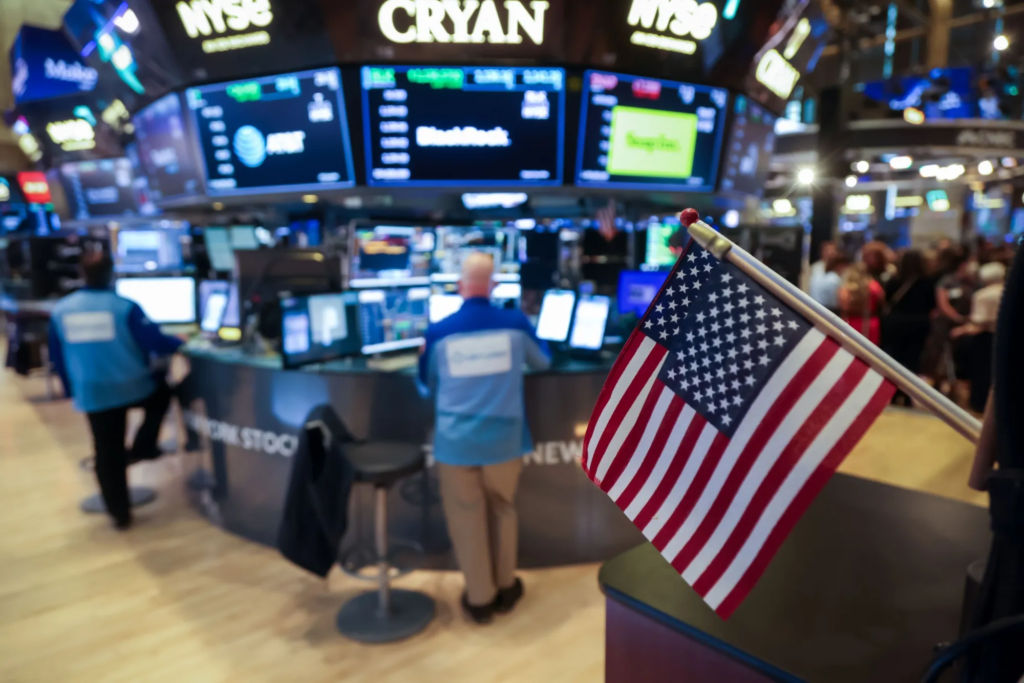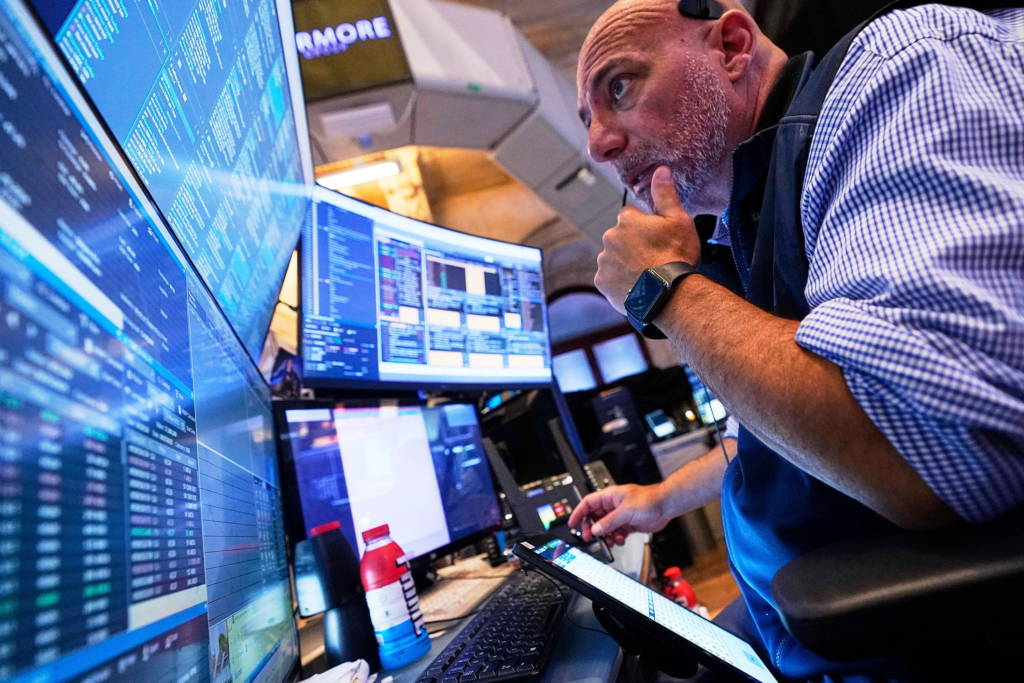Despite the ongoing government shutdown, U.S. stock markets have demonstrated remarkable resilience. Investors continue to push indices higher, with both the S&P 500 and the Dow Jones Industrial Average reaching new all-time highs. Market analysts attribute this surprising strength to expectations of further Federal Reserve rate cuts and optimism about economic stability.
The situation underscores a broader truth about financial markets: while government operations and political uncertainty can introduce volatility, underlying economic factors, investor sentiment, and monetary policy often play a larger role in driving market performance. This resilience is a reminder of the complex interplay between politics, economics, and investor behavior.
Understanding the Shutdown’s Impact
A government shutdown occurs when Congress and the President fail to agree on federal spending, resulting in a partial closure of government operations. Historically, shutdowns can create uncertainty, slow economic activity, and impact government employees and contractors.
However, this particular shutdown has not significantly dampened investor confidence. While some sectors are directly affected, the overall market appears more focused on monetary policy and corporate earnings. Investors are weighing the short-term disruptions against broader economic signals, which are currently positive.

Federal Reserve Rate Cut Expectations
One of the primary drivers of the stock market’s resilience is speculation that the Federal Reserve will implement further rate cuts. Lower interest rates can stimulate economic growth by making borrowing cheaper for businesses and consumers. This, in turn, often boosts corporate earnings and investor confidence, driving stock prices higher.
Traders are closely monitoring Fed statements, economic data, and inflation indicators. The expectation of accommodative monetary policy has created a supportive environment for equities, even amid political uncertainty.
Record Highs in Key Indices
The S&P 500 and Dow Jones Industrial Average have both set new all-time highs, reflecting broad-based optimism. The S&P 500, which tracks 500 large-cap U.S. companies, has seen gains across technology, healthcare, and consumer discretionary sectors. Meanwhile, the Dow, comprising 30 major industrial stocks, reflects strength in traditional sectors such as manufacturing, energy, and finance.
This simultaneous rise in multiple indices highlights the market’s resilience. Investors are responding to positive corporate earnings reports, continued consumer spending, and optimism about the future trajectory of the U.S. economy.
Technology and Growth Stocks Leading the Way
Technology and growth-oriented companies have been key contributors to market gains. Firms in cloud computing, artificial intelligence, and e-commerce have demonstrated strong earnings and forward-looking guidance. Investors are betting that these companies will continue to expand regardless of short-term political disruptions.
Tech sector strength also reflects broader trends in digital transformation and innovation. Businesses are increasingly relying on technology to streamline operations, reach customers, and remain competitive. As a result, investors see these firms as resilient even in uncertain economic conditions.
Resilience Amid Uncertainty
The market’s ability to climb higher during a government shutdown underscores its resilience. Investors appear to separate political noise from underlying economic fundamentals, focusing on earnings potential, interest rates, and growth opportunities.
Historical data shows that markets often recover quickly from political disruptions. While short-term volatility may occur, the long-term trend tends to be more closely tied to corporate performance and macroeconomic trends. This resilience demonstrates confidence in the adaptability of U.S. businesses and the broader economy.
Investor Sentiment and Market Psychology
Investor psychology plays a significant role in market behavior during uncertain times. Optimism about rate cuts, continued economic growth, and strong corporate earnings can outweigh concerns about political instability.
Market sentiment is often influenced by expectations of future performance rather than present conditions. Positive outlooks, analyst reports, and news about economic indicators can all contribute to upward momentum. The current environment reflects a high level of investor confidence, suggesting that markets can absorb short-term shocks without derailing long-term growth trends.
Sector Performance and Contributions
While technology has been a standout, other sectors are also contributing to market gains. Consumer discretionary, healthcare, and energy sectors have shown notable performance. Consumer spending remains strong, fueling retail and service industries, while healthcare continues to benefit from innovation and demand for services.
Energy companies are rebounding as commodity prices stabilize, reflecting global demand and production adjustments. The diversified performance across multiple sectors adds to the overall resilience of the stock market, demonstrating that strength is not limited to a single area.
The Role of Corporate Earnings
Strong corporate earnings reports have reinforced investor confidence. Many companies have exceeded expectations, providing positive signals about profitability, growth potential, and operational efficiency.
Investors often interpret robust earnings as evidence that businesses can withstand external pressures, including political uncertainty and macroeconomic fluctuations. Earnings serve as a tangible measure of performance, offering reassurance during periods of market volatility.
Comparing Current and Past Shutdowns
Historically, government shutdowns have had mixed effects on the stock market. Some shutdowns result in brief sell-offs or increased volatility, while others have minimal impact. The current situation reflects the market’s maturity and its ability to focus on broader economic fundamentals rather than temporary political disruptions.
Comparisons to past shutdowns suggest that markets may continue to rise if corporate earnings remain strong, monetary policy stays supportive, and investor confidence holds. Analysts caution, however, that extended political gridlock could eventually introduce headwinds if it begins to affect economic activity more significantly.
International Markets and Global Influence
U.S. stock market resilience also influences global markets. International investors closely watch trends in the S&P 500 and Dow, adjusting portfolios based on U.S. performance. Strong U.S. equities can boost investor confidence worldwide, creating positive spillover effects for global indices.
Global markets are interconnected, and stability or growth in the U.S. often signals broader economic strength. This interconnectedness can amplify both optimism and volatility, making investor sentiment and market psychology crucial factors in ongoing market performance.
Risks and Considerations
While the market’s performance has been positive, risks remain. A prolonged government shutdown could affect consumer confidence, delay federal projects, and disrupt economic activity. Investors are aware of these potential challenges, balancing optimism with caution.
Other risks include inflationary pressures, geopolitical tensions, and unexpected economic shocks. While current market behavior demonstrates resilience, these factors underscore the importance of monitoring developments and maintaining diversified investment strategies.
Long-Term Implications
The ability of the stock market to perform well during a government shutdown has long-term implications for investors and policymakers alike. It highlights the importance of focusing on fundamentals, such as earnings, interest rates, and innovation, rather than reacting solely to political events.
For policymakers, the resilience of the market may provide a buffer, allowing time for negotiations without triggering a financial crisis. For investors, it reinforces the value of disciplined strategies, diversification, and maintaining a long-term perspective in the face of temporary uncertainty.

Humanizing the Market: Stories Behind the Numbers
Beyond indices and charts, the market’s resilience affects real people—investors, employees, and households. Rising stock prices can impact retirement accounts, investment portfolios, and consumer confidence. When the market performs well, it often bolsters economic sentiment, encouraging spending, investment, and confidence in the future.
Individual investors, from professionals to everyday Americans, watch these trends closely. Positive market performance can provide reassurance during politically uncertain times, helping families and businesses plan for the future with more certainty.
Looking Ahead: Market Expectations
Looking forward, analysts expect continued volatility intertwined with resilience. Rate cut expectations, corporate earnings reports, and government developments will remain key drivers of market behavior.
Investors will likely continue weighing short-term political events against long-term economic fundamentals. The prevailing sentiment suggests that, barring unforeseen shocks, the market may sustain upward momentum, reflecting confidence in corporate performance, economic growth, and monetary policy.
Conclusion
The U.S. stock market’s ability to reach record highs amid a government shutdown underscores its resilience, adaptability, and investor confidence. Factors such as expected Federal Reserve rate cuts, strong corporate earnings, and diversified sector performance have helped the S&P 500 and Dow Jones Industrial Average climb despite political uncertainty.
This resilience demonstrates the complex interplay between market fundamentals, investor psychology, and external events. While risks remain, the overall trajectory reflects optimism, strength, and confidence in the U.S. economy.
For investors, employees, and the broader public, this market behavior provides reassurance: even in the face of political gridlock, underlying economic forces, strategic investments, and positive corporate performance can sustain growth and stability. The current performance of U.S. stocks is a testament to the durability of the market and its ability to navigate challenges while continuing to create opportunities for wealth, growth, and economic confidence.
Do Follow USA Glory On Instagram
Read Next – Fall 2025 Movies Promise Thrills and Huge Box Office Wins






